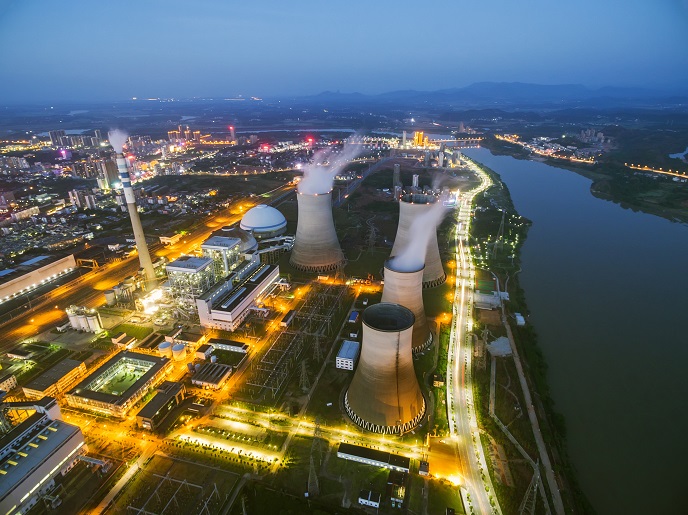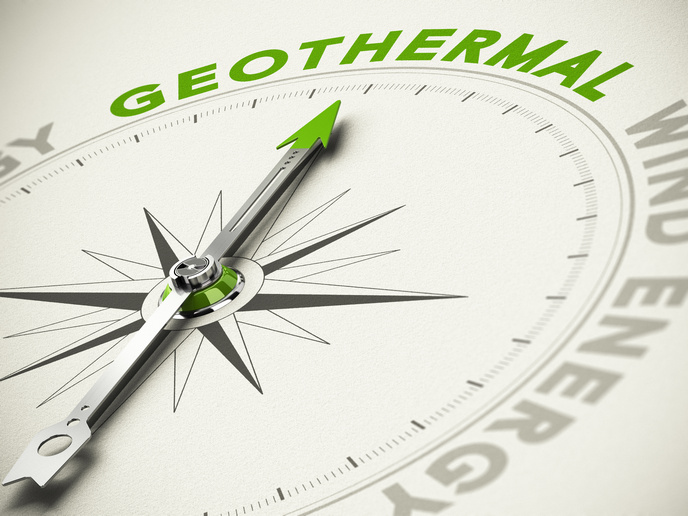A self-sustaining heat removal system for safer nuclear power
Even once their fuel’s chain reaction has stopped, reactor cores in nuclear power plants still generate ‘decay heat’. This radioactive residual heat has to be transferred to a heat sink (e.g. cooling towers). Removal systems usually depend on external power supplies, active triggers (such as temperature levels or manual operation) and water availability. The EU-supported sCO2-HeRo (The supercritical CO2 Heat Removal System) project avoids these dependencies, making its heat removal process more efficient, more reliable and safer. Powered by the decay heat itself, independent of external power supplies, sCO2-HeRo is automatically activated and self-sustaining. Additionally, as the highly compact cooling system uses supercritical (fluid) carbon dioxide and air for the heat sink, it doesn’t rely on water. Putting the system through its paces sCO2-HeRo’s innovative idea was to actually harness the waste heat from power plants to enable its own removal. Project partners were assigned system elements to build and test. The compact heat exchanger, turbomachine and sink heat exchanger were all finished, tested and validated, using numerical simulation tools to ensure component quality. One challenge which the team addressed was how to start the system without battery power. They did so by using a pressurised reservoir which stores CO2. Release of the pressure turns the turbomachine, which drives the cycle. For further testing, the components were integrated into a demonstrator glass model, with positive results. Additionally, to investigate the system’s ability to deal with accident scenarios, the project started to apply the German ATHLET nuclear code, which simulates the flow of heat and water/steam in a nuclear power plant. “These successful tests demonstrated that the sCO2-Heat Removal system transfers the decay heat to the ambient air, keeping the reactor cool and safe. As long as this cooling chain is maintained – from reactor core to air, via the cooling loop of the sCO2-Heat Removal system – the heat will be removed from the core, buying time for further measures such as re-connection to the grid or bringing equipment to the plant,” says project coordinator Prof. Dieter Brillert. Confidence boost While nuclear power offers a promising energy pathway that could significantly reduce CO2 emissions, acceptance will be determined in part by public confidence in its safety. sCO2-HeRo’s heat removal activation, independent of reactors, helps build this. Furthermore, the team is confident that the system will extend the period of safe heat removal during a station blackout, with its ability to also generate electricity proving extremely valuable. To take the technology forward, team members are currently undertaking a follow-up project, sCO2-4-NPP (selected for funding by the European Commission), which will improve thermal hydraulic system codes. A highlight will be the use of a nuclear plant simulator of a pressurised water reactor, which is a 1:1 copy of the control room of a nuclear power plant, with all signals in real time. A virtual model of the sCO2-HeRo will be attached to a pressurised water reactor to evaluate heat removal. Although the team have so far applied the system to existing reactors (Generation 3), its design allows for integration into future (Generation 4) reactors. “Once we have demonstrated the system’s ability during accidents, we will work with national safety authorities and nuclear power plant operators for implementation,” says Prof. Brillert. “There is a long way to go, but our iterative approach means that we have already integrated stakeholder feedback, saving time later.”
Keywords
sCO2-HeRo, nuclear power, reactor, decay heat, energy, cooling system, heat sink, waste, carbon dioxide, accidents, turbomachine







